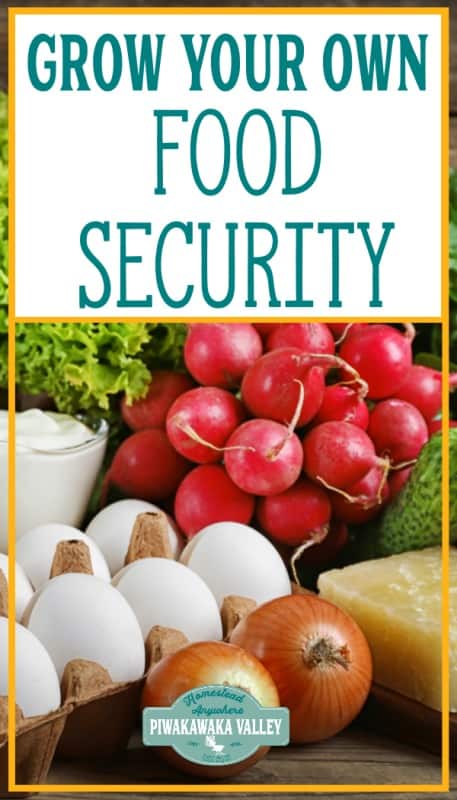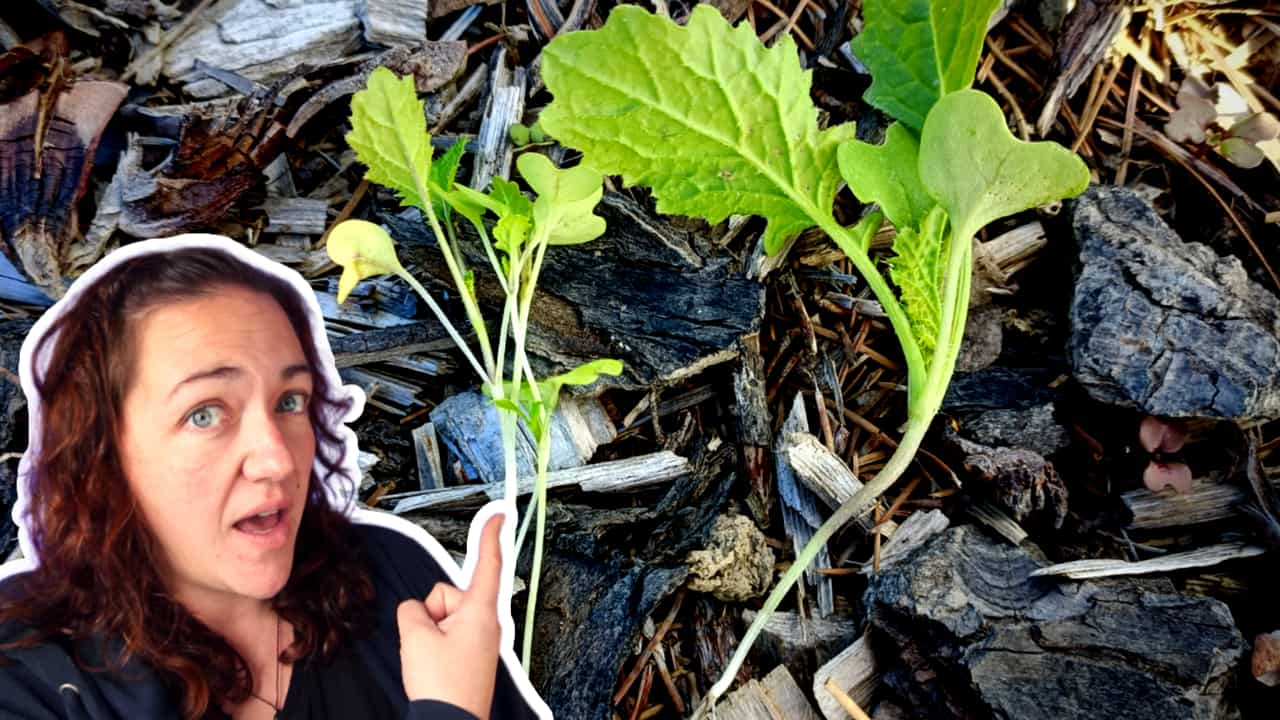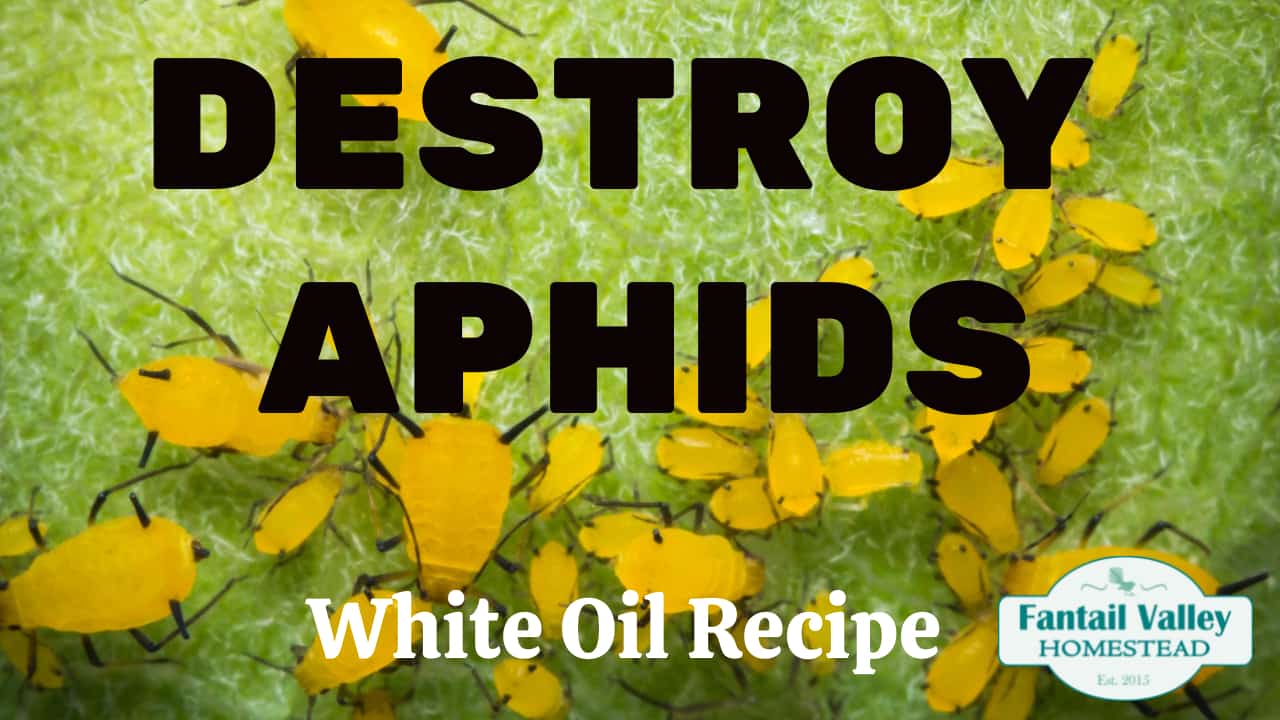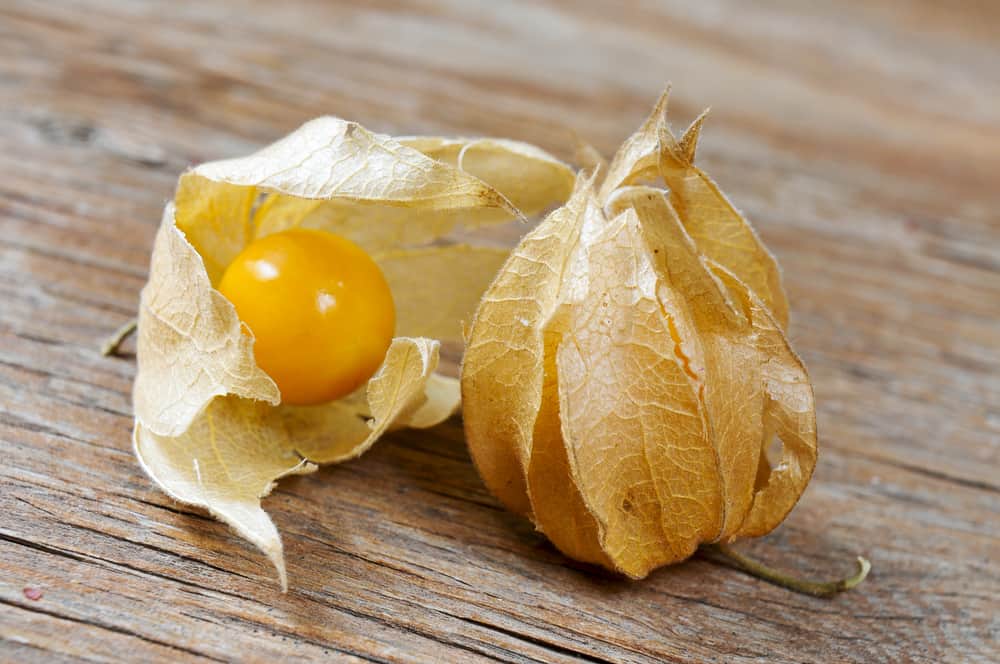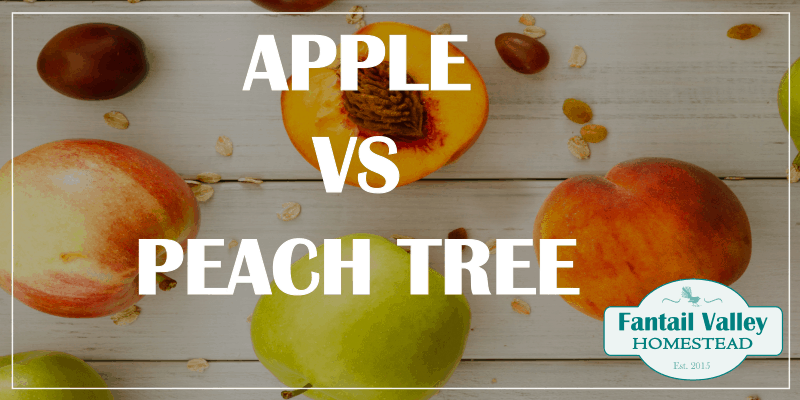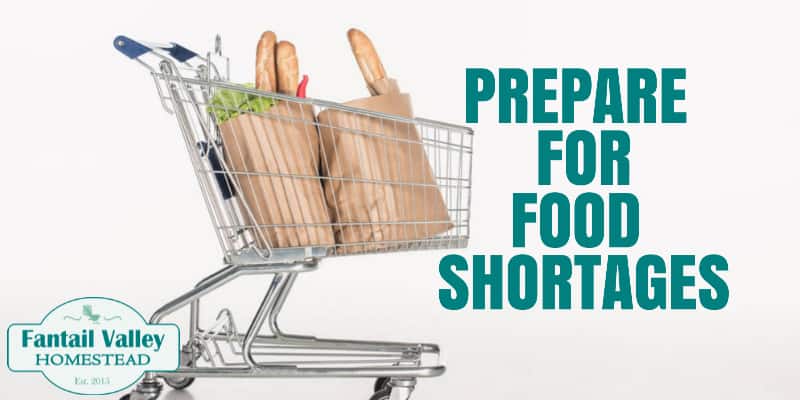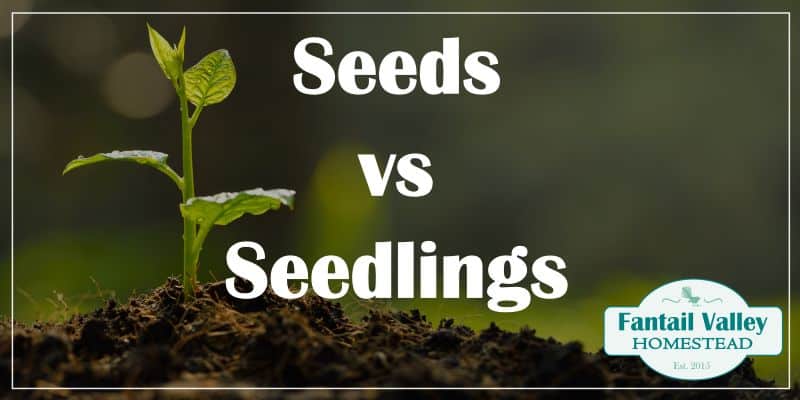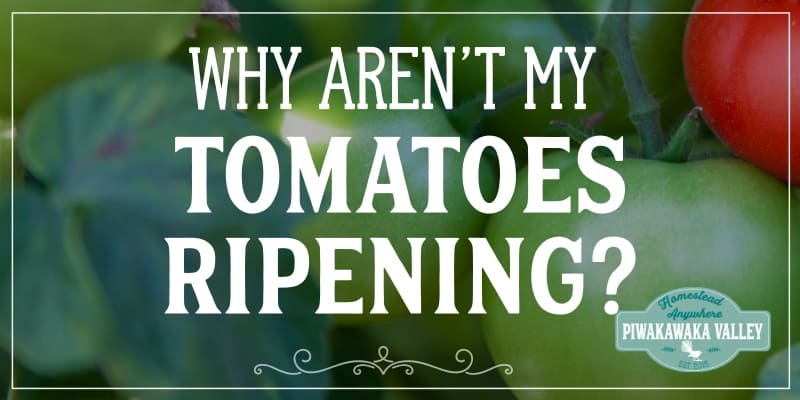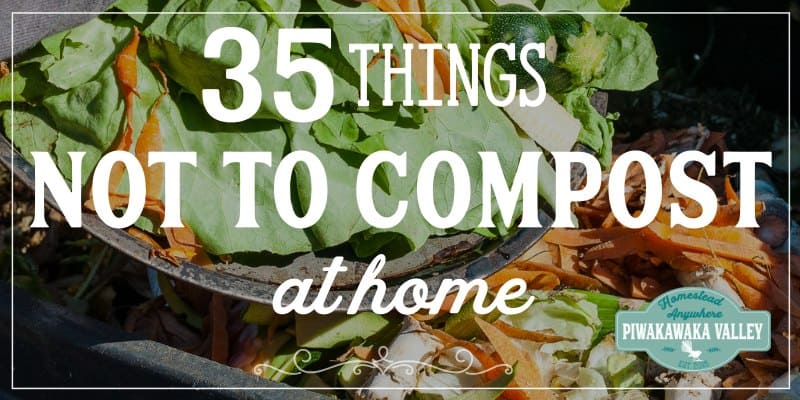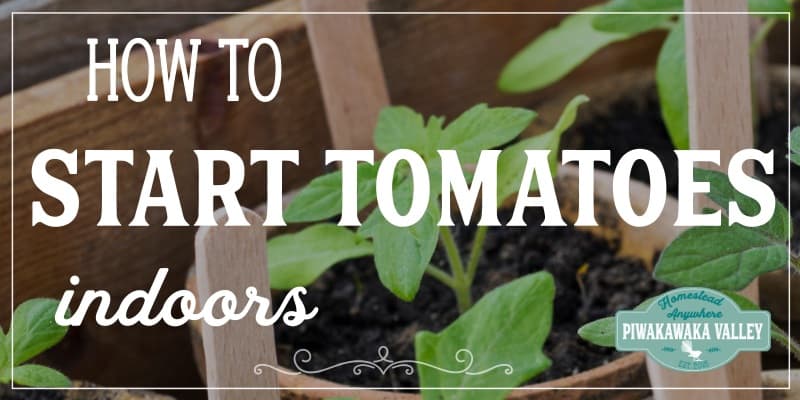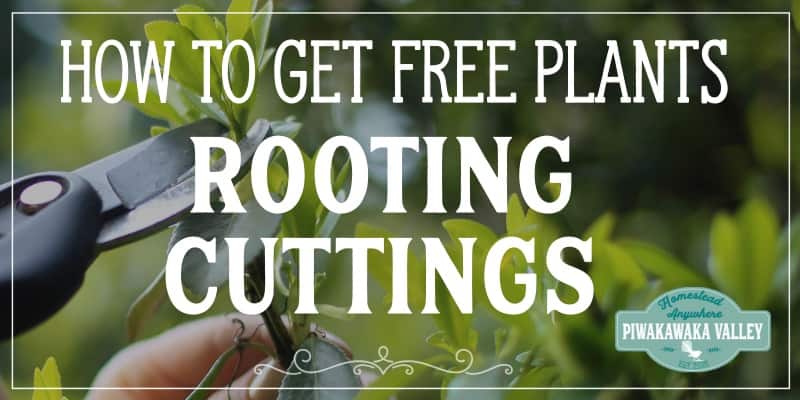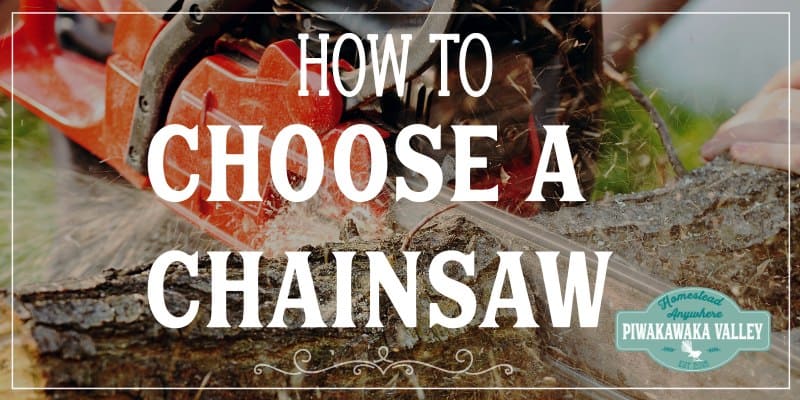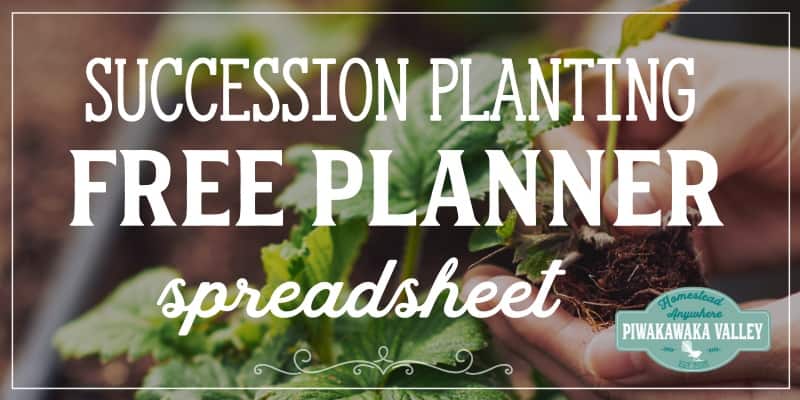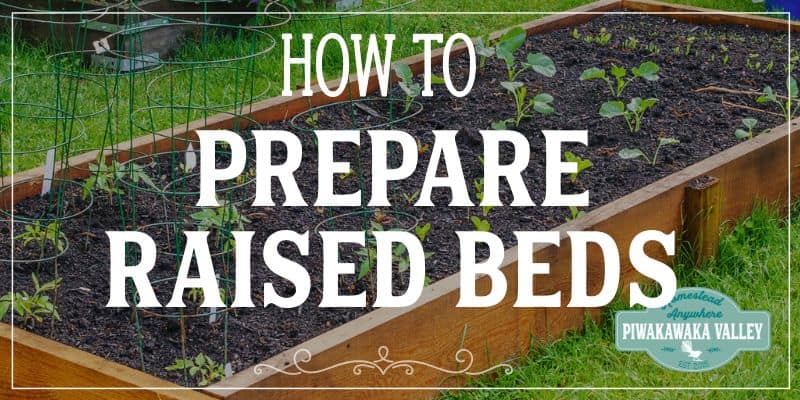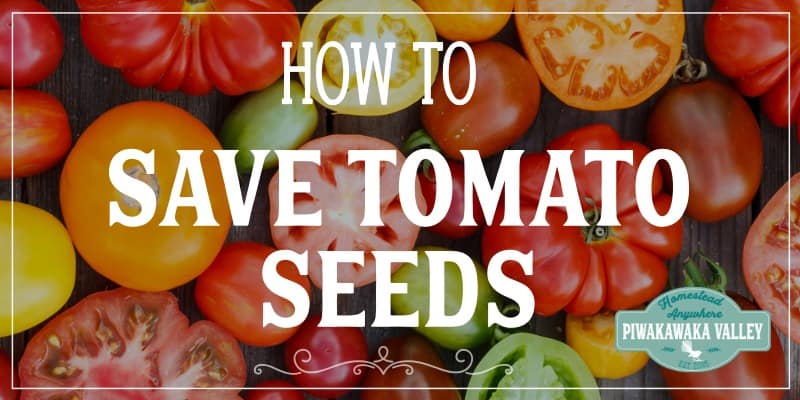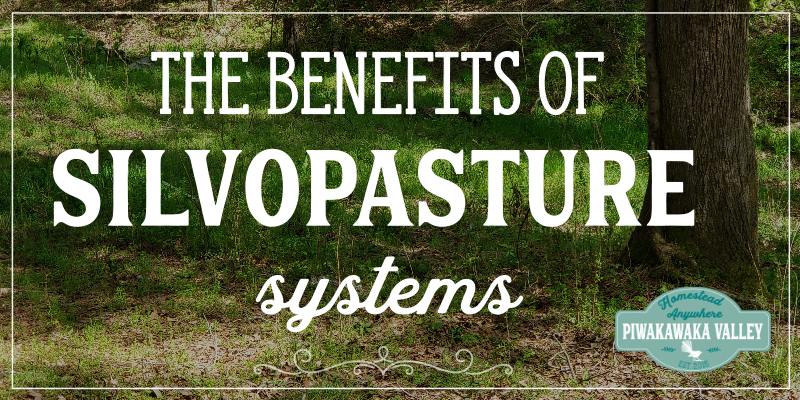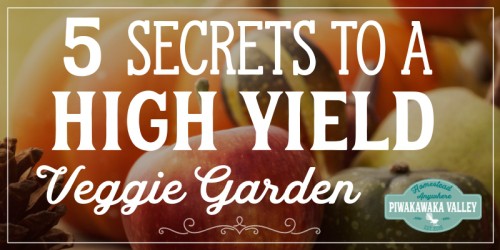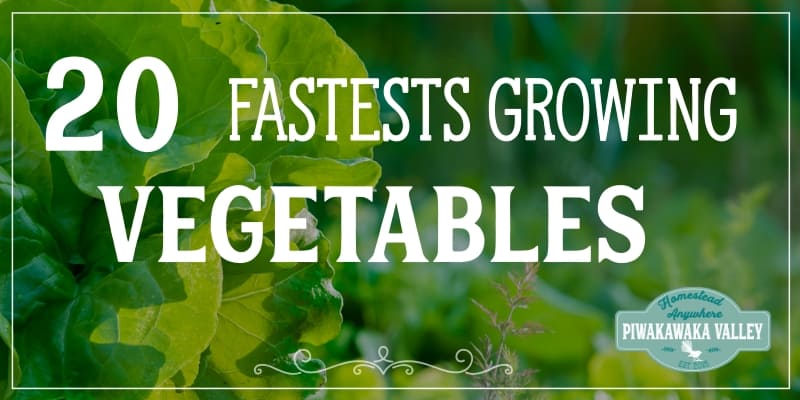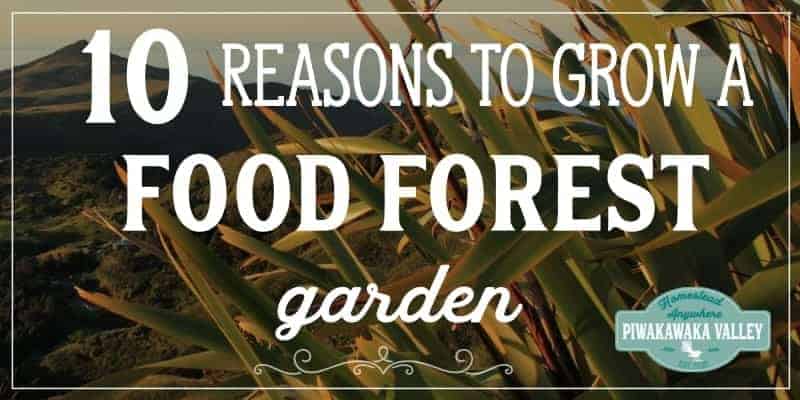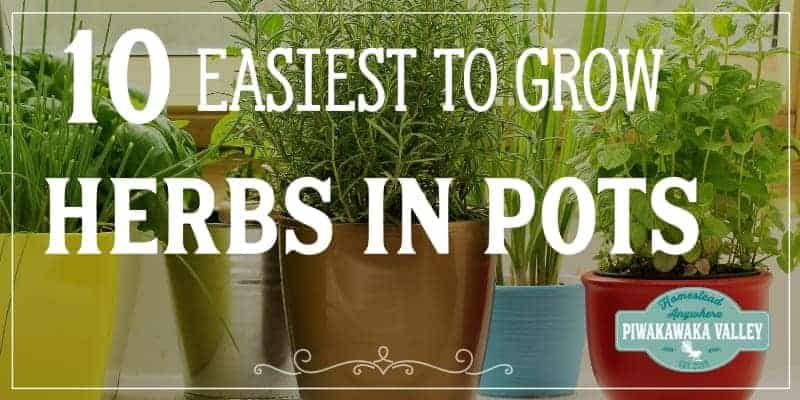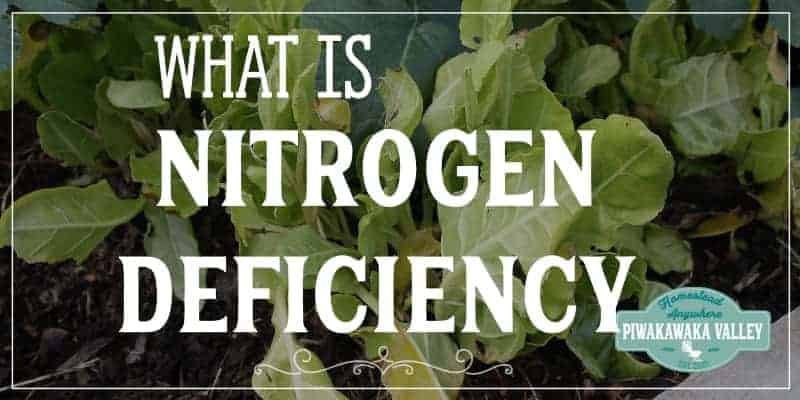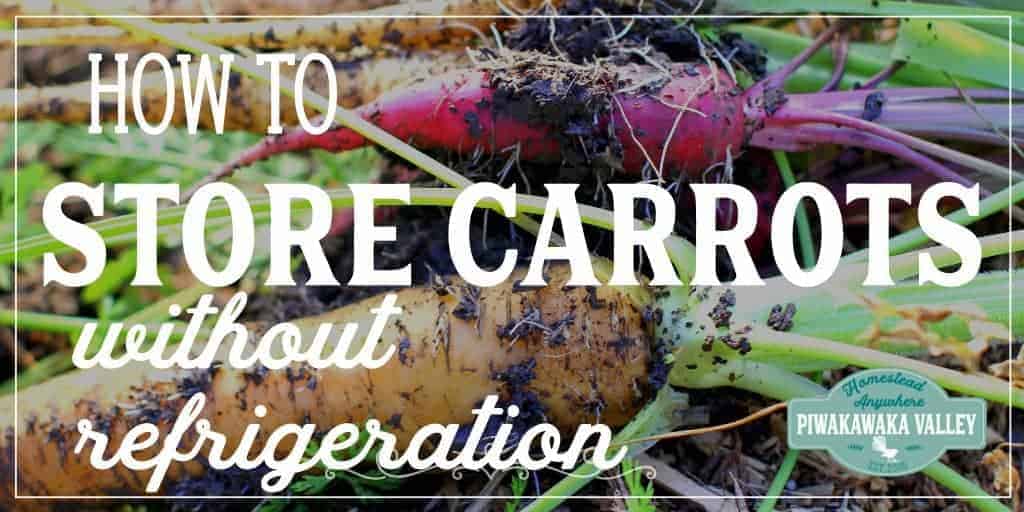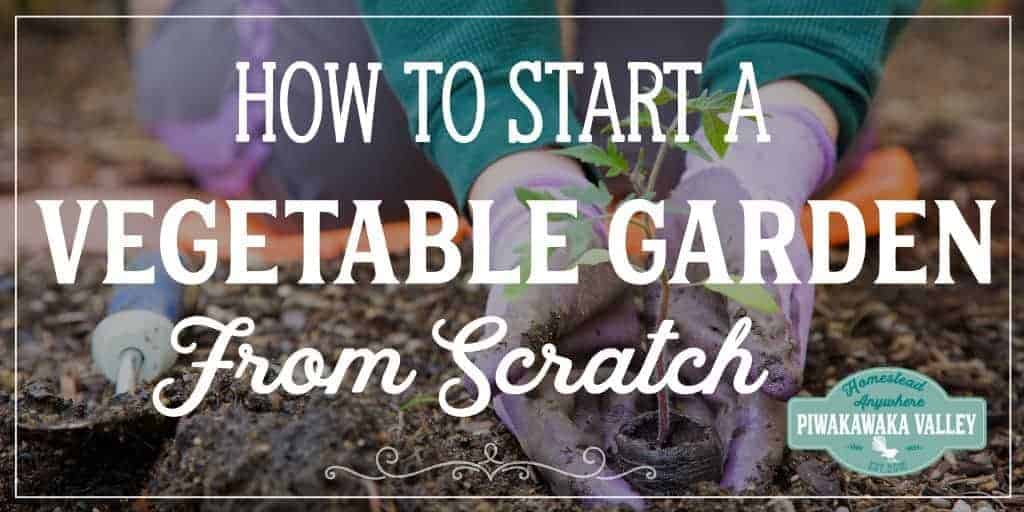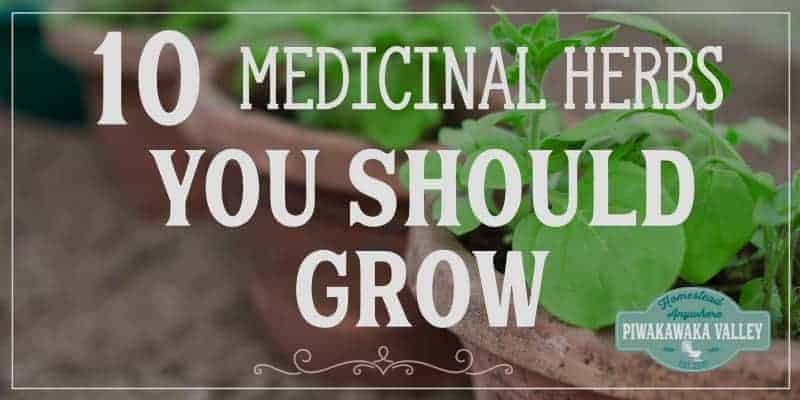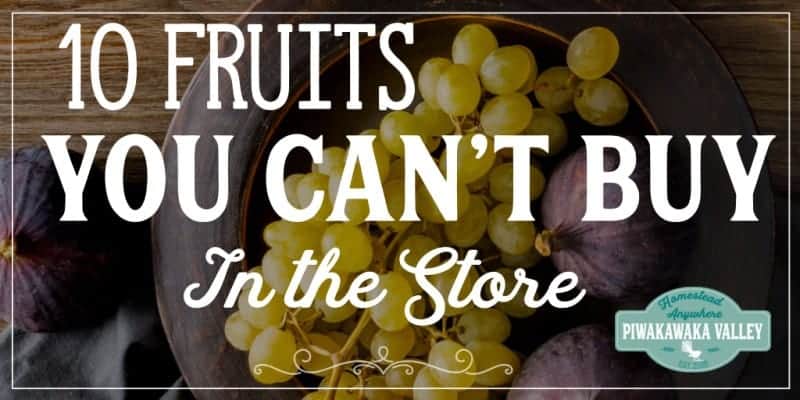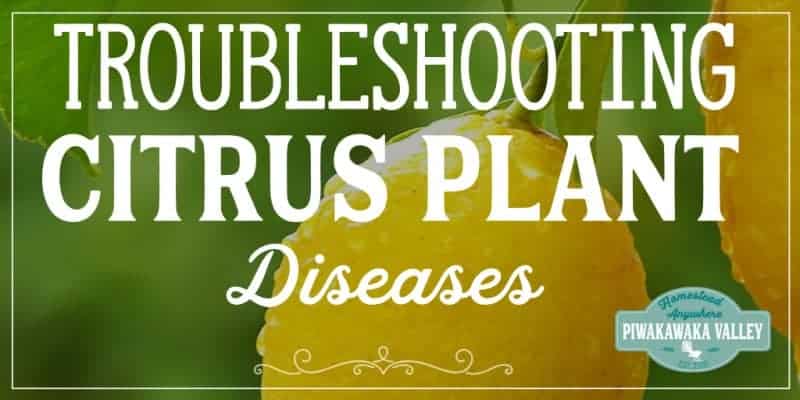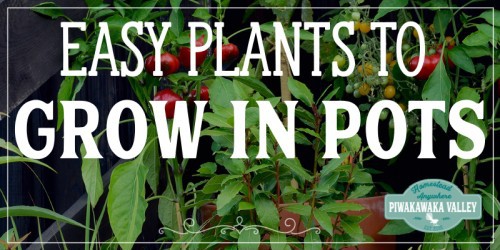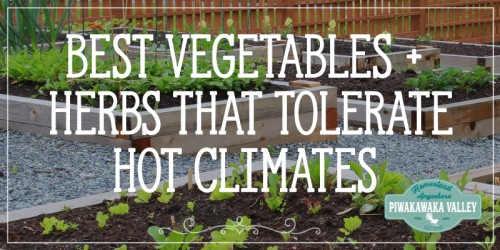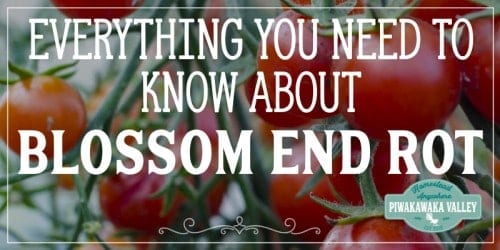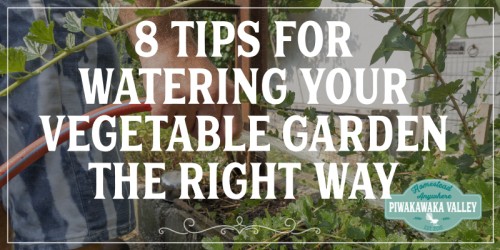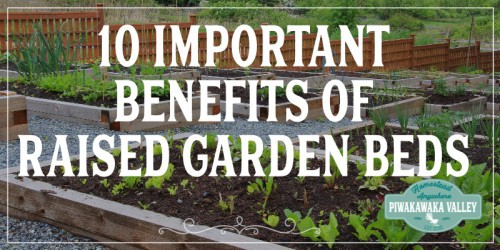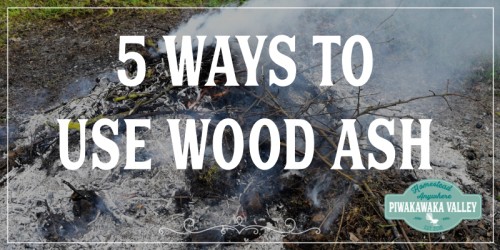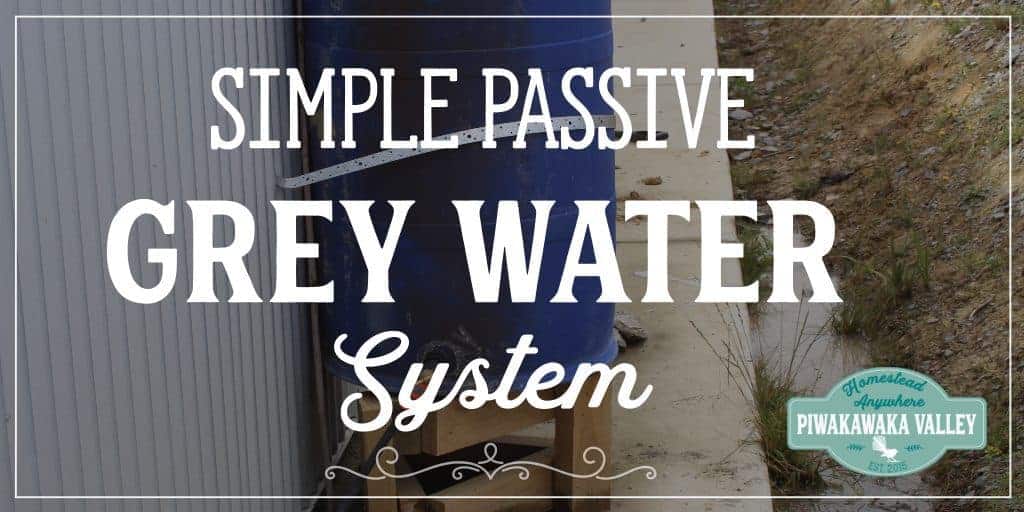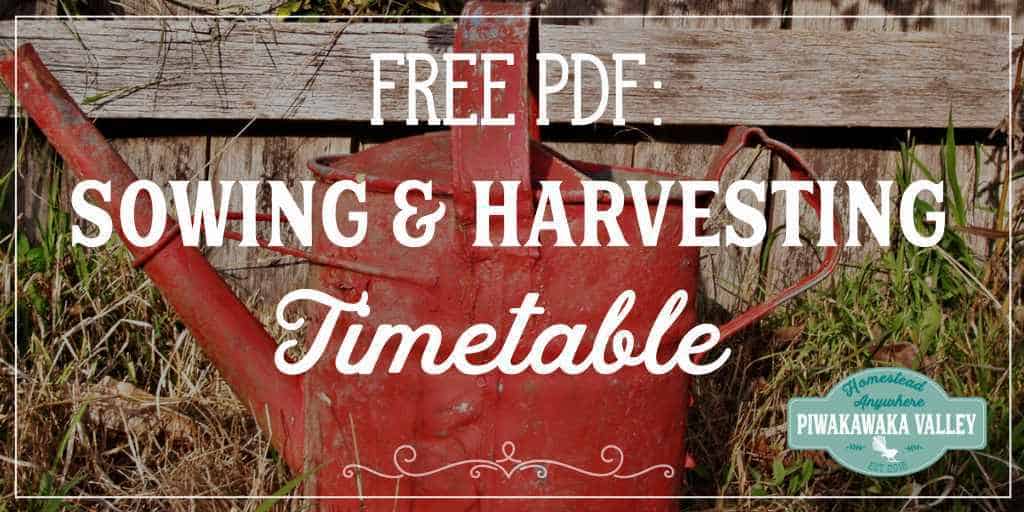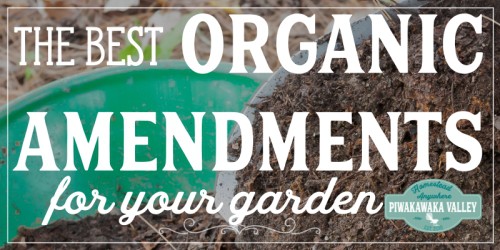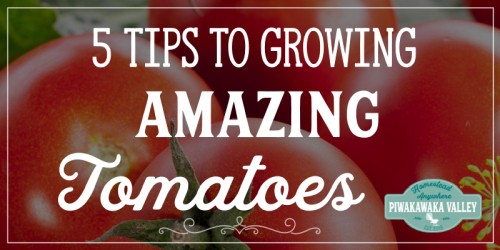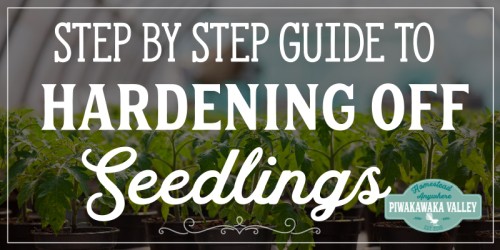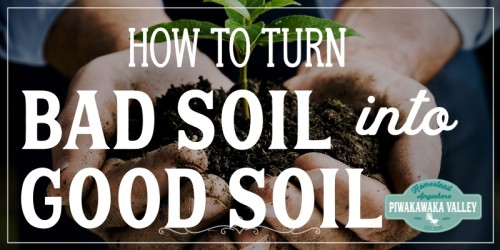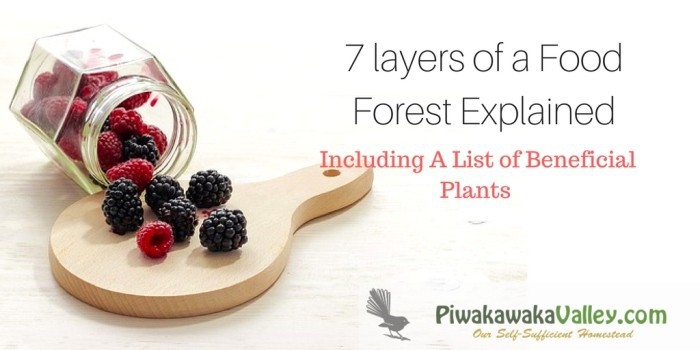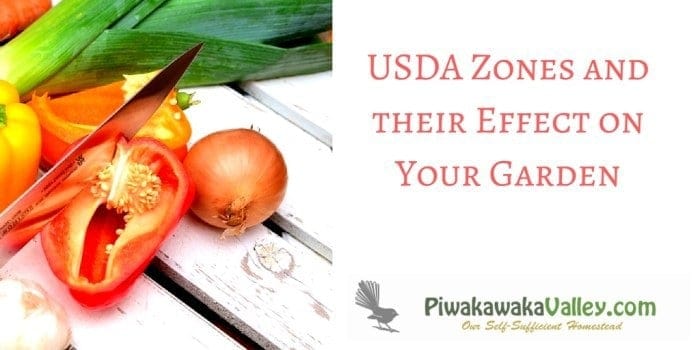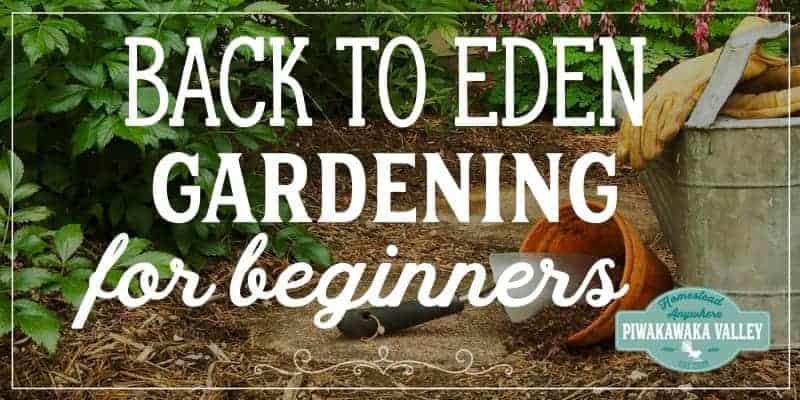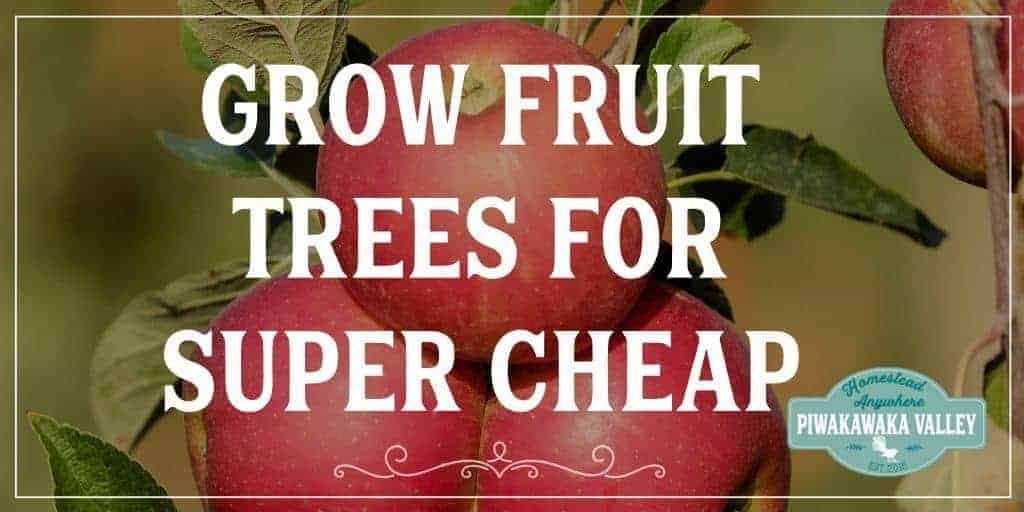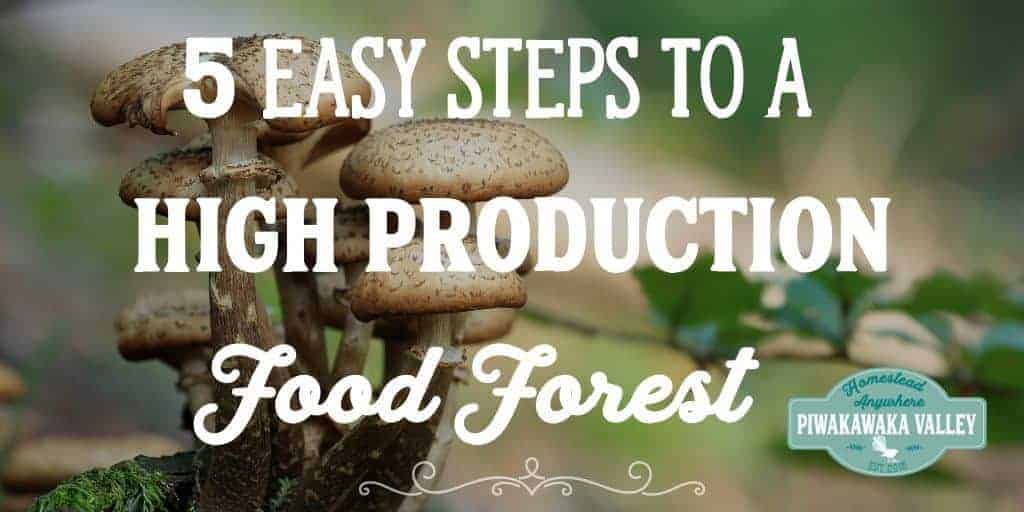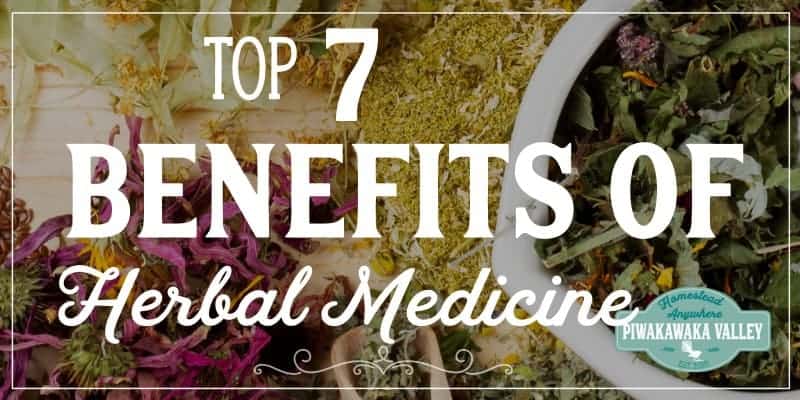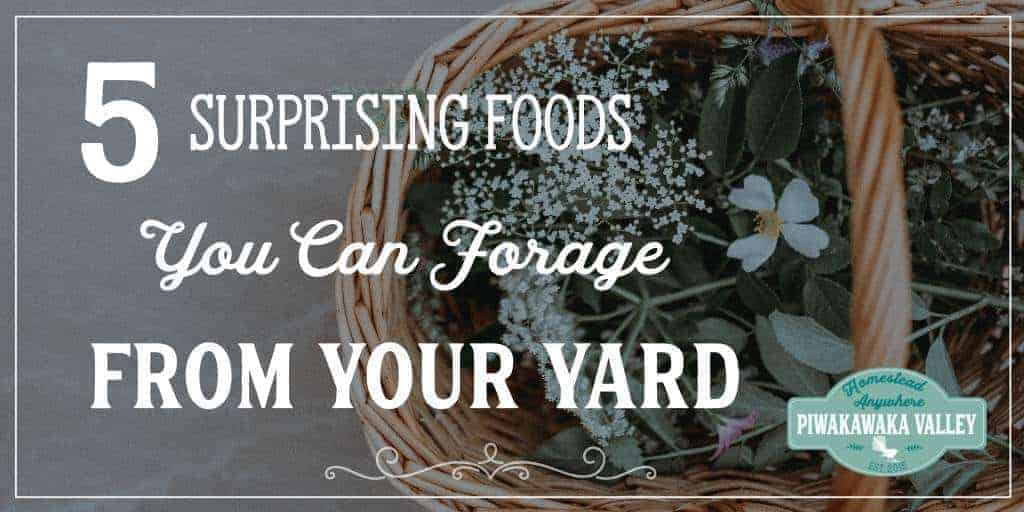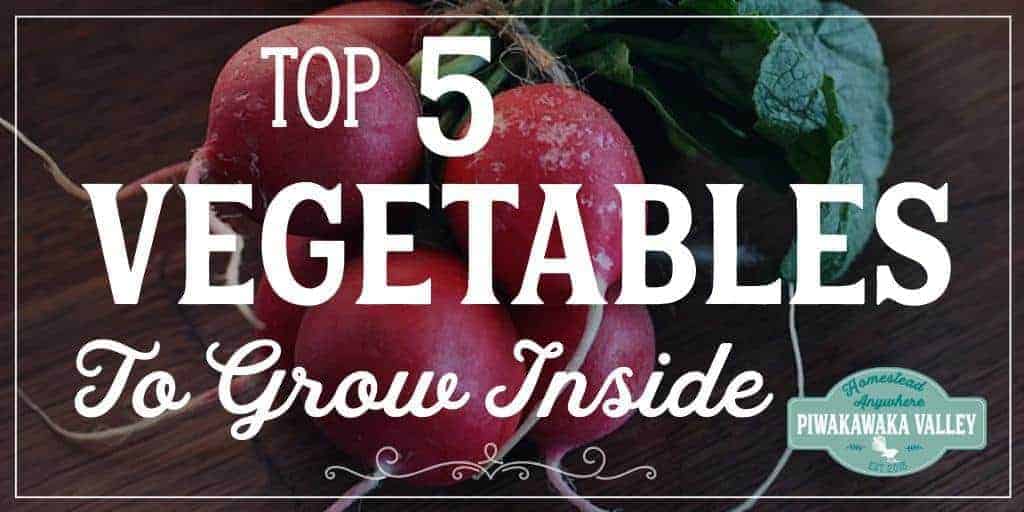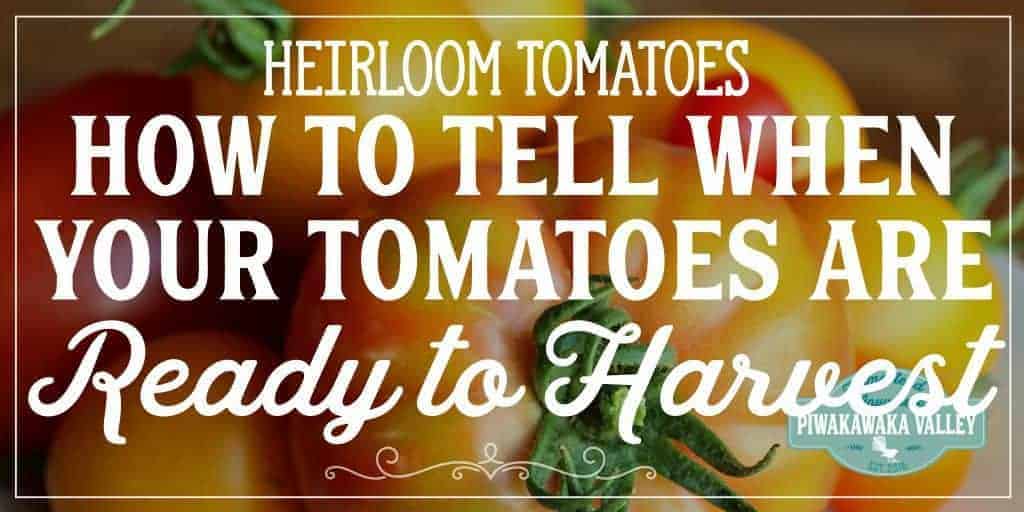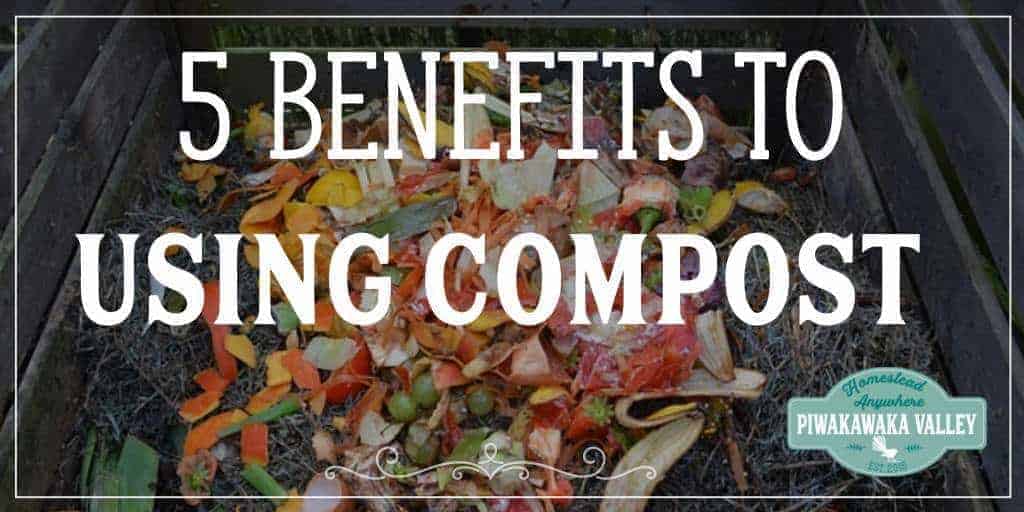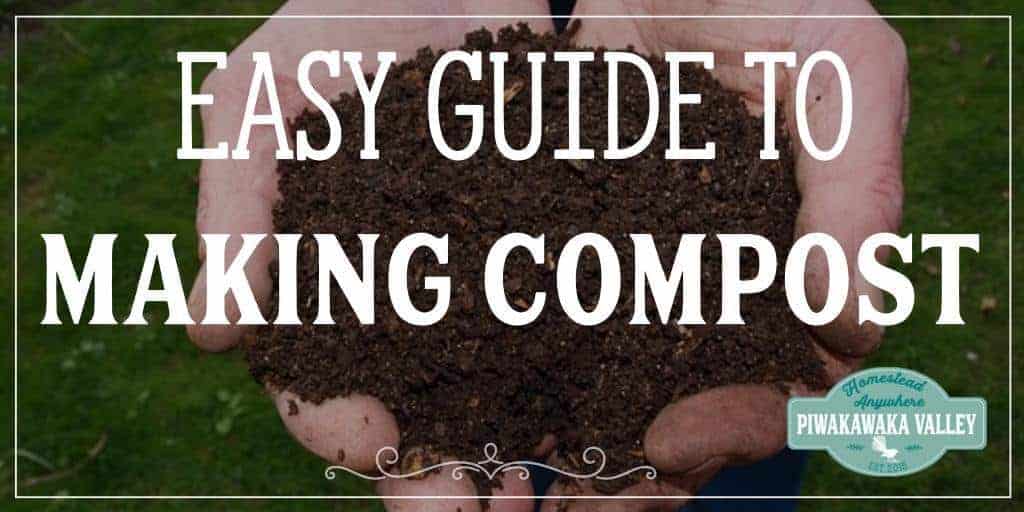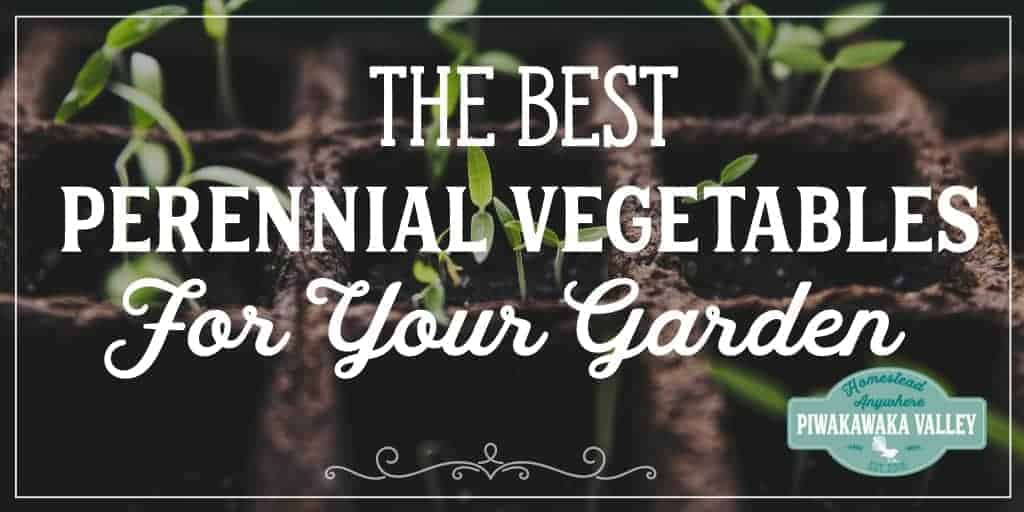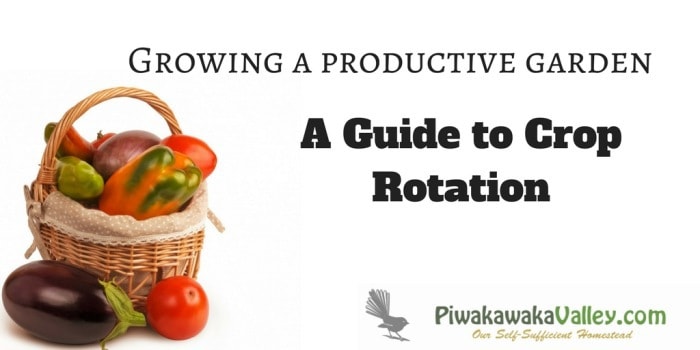Become more self reliant even in the city
This post was most recently updated on April 12th, 2023
It is times like the 2020 global crisis that makes many of us realise how fragile our food supply chain really is. Creating your own food security is a way to ensure that your family is more self reliant and able to survive whatever the world throws at you.
Please read: This information is provided for educational purposes only and is not intended to treat, diagnose or prevent any disease. We encourage you to make your own health care decisions in partnership with a qualified health care professional.
This post contains affiliate links, this means at no extra cost to you, we make a commission from sales. Please read
our Disclosure Statement
There are ways that you can become more self reliant and self sufficient even when you live in the city. If you are interested in creating your own food security then read on!
Also, if you want to move to the country and make your living doing what you love, there are ways to raise captial and involve the community so you don’t have to fund the whole thing yourself! My friends Jaymie & Shelby have done it, and they have put together a free video so you can learn to do it too. Check it out here!
What is food security?
Food security is a term that is made up of 4 main parts (1):
- Availability of food
- Access to food
- Utilisation of food
- Stability
Without these 4 things, the food system will fail and people will go hungry. When there is a global emergency of any type, it puts strains on these areas in different ways.
11.1 percent (14.3 million) of U.S. households were food insecure at some time during 2018 (2) and this is set to be much higher in 2020.
RELATED: How to properly stock a pantry
What are the 3 pillars of food security?
The three central ingredients, or pillars, of food security are food availability, or adequate food production; economic access to available food; and utilisation of food, which often depends on the availability of nonfood resources such as child care, health care, clean water, and sanitation.
For more on the background to food security, read here.
Growing your own food security systems
Thankfully there is a way that you can build your own food security and resilience, even if you live in the city. There are some things that you can do to make sure that you always have something to feed your family.
RELATED: 10 steps to becoming more self sufficient
Improving family food security in the short term
If you are experiencing acute food security issues there are somethings that you can do right away to start reducing that.
- Join a local farmers CSA program. This way you are buying your food straight from the farmer and avoid the political issues that are stopping supermarkets from sourcing locally
- Learn how to cook easy meals from scratch. Simple meat and vegetable meals are the perfect place to start.
- Choose to shop from the smaller stores, most people shop at the big stores and you might find that the smaller, local stores have more on their shelves, you might pay a little more, but it is better than not eating!
- Talk with family and neighbours to see if you can buy in bulk from catering supply companies and then share the food out. They usually have minimum spends and large packets of food, but often work out a lot cheaper.
RELATED: 10 vegetables to grow in containers
Improving family food security in the long term
Looking ahead, now is the time to start thinking of things that you can realistically achieve to improve your food security in the future.
These are usually bigger things that require some investment of either time or money (or both) but will work out for you in the months and years to come.
This is the time to start thinking creatively, laterally and think of big ideas and then ask “how can I make this happen?”
Things you can do to improve your own families food security
Below are some steps that you can take to start improving your families food security over the medium to long term. The faster you get started the better it will be for you.
1. Grow a garden
Learning to grow a garden sounds easy, but there are nuances that will greatly improve your experience!
For tips to know what to plant when and where, and how to plan out and make the most out of your garden, check out my resources here.
I have both an eBook that will walk you through step by step building and growing your own garden, and I have a course that gives you direct access to me to help you with your questions, as well as emails twice a month keeping you on track.
When you are starting a garden, there are some foods that will grow super fast, and you can even grow them in containers, pots, flower gardens or on a windowsill that will start adding to the food you can eat.
Super quick growing vegetables include lettuce, radishes and other quick growing greens. These are very high in nutrition, but are low in calories so they are good to add to more high energy but low nutrient foods like rice, pasta and bread.
RELATED: 20 fastest vegetables to grow
RELATED: How to grow a self sufficient garden on an urban plot
2. Learn to forage
Foraging is the ability to find edible wild foods. Some people even forage urban foods by dumpster diving, but this is less likely to give a good result if the restaurants haven’t been open in a while!
Mushrooms, berries and salad greens are the most common foods that you can forage easily. However you must be sure that what you are harvesting are both edible and not sprayed.
If you want to learn to forage the right way, the Foraging Course from Herbal AcademyThe Foraging Course from Herbal Academy will get you started foraging wild edibles and herbs safely, ethically, and sustainably as they guide you through what you can eat and how. Check it out here
3. Learn to hunt or fish
Hunting wild game or fishing is a cheap way to feed protein to your family. It is a skill that you will have to learn, and there is some set up cost involved in getting the equipment that you will need.
Consider talking to a friend or family member to see if they can teach you or lend you gear (or both), or join a local hunting and fishing club and learn from the professionals.
4. Cook from scratch
Cooking meals from scratch is one of the best things that you can ever do for yourself and your family. There are some great beginner recipes out there, and many good channels on YouTube that show you how to cook from scratch.
Home cooked meals make the most of the meat and produce that you have and are not only more nutritious but they are far cheaper as well.
5. Consider getting some land
If it is at all within your ability, consider how you can get access to land to grow on.
You do not have to move out of the city if you don’t want to, but if you do, see if you can find a creative way to make it work!
Options for getting land to grow on include:
- Renting a local backyard
- Using a community plot or garden
- Renting a piece of rural land
- Join a commune/farming community
- Join a WOOFER program
- Sell your house and move out in to the wops where land is cheap
6. Grow high calorie vegetables
No matter where you are living, if you can grow something you should prioritise high calorie crops. These are the crops that will help your family feed full and keep them alive if the food security wheels really fall off.
Generally, high calorie crops are your starchy foods and your high protein foods:
- Potatoes
- Sweet potatoes
- Winter squash
- Pumpkin
- New Zealand yam/oca
- Turnip
- Swede/rutabaga
- Beans – shelling
- Peas
- Field peas
- Lentils
- Quinoa
- Amaranth
RELATED: How to homestead in an apartment
7. Grow fruits
Fruits are great to have if you can grow them. The kids love them and the higher sugar content makes them more calorie dense than something like a leafy green.
Personally, we have decided to grow our fruit trees in a food forest because you can layer so many things together this way. If you want to know more about food forests, you should check out my other site all about growing our food forest.
Berries are a great place to start as they are usually on small plants that you can easily grow in pots and they will start to fruit in their first year in most cases.
Berries to try include:
- Strawberries
- Raspberries
- Blackberries
- Logan berries
- Gooseberries
- Wosterberries
- Currants
- Blueberries
If you have more space you might like to try some larger fruit trees. What type you grow will depend on where you live but common choices are:
In colder areas
In less colder areas
- Apple
- Pear
- Plum
- Apricot
- Nectarine/peach
In hotter areas
RELATED: How to get the most out of a small garden
8. Grow your own meat and eggs
If you have any capacity to do so, I recommend that you look at ways you can grow your own meat and eggs. Meat rabbits are probably the easiest and best way to start growing your own meat because:
- They take up very little room
- You can keep them in the city
- They are easy to butcher and process (not plucking!)
- They grow fast
- They self replicate
- They can live off soley grass if they really really had to.
Other meat options include quail and chickens. If you are looking for a self sufficient meat supply I would get 3 or 4 indian game or dorking hens and a light sussex rooster and an incubator and raise the chicks from this mix.
While light sussex hens are more likely to sit on eggs and raise their own young (the indian game probably won’t) we found the indian game roosters were too nasty to keep around for long!
Eggs can come from chickens, quail or even ducks!
9. Learn to butcher your own meat
There is no point in raising your own meat if you don’t know how to butcher it. See if there is someone locally that will teach you how to do it. If there isn’t you can do what we did and learned from YouTube!
10. Learn to preserve the foods you grow or forage
To make the best use of foods that you grow or find, it is best that you learn different ways of preserving these because usually you will have a glut of something when it is in season, and then nothing again until next year.
My favourite ways of preserving foods are:
11. Help others do the same to build a stronger community
Food resilience is much easier if the whole community is on board. If everyone is growing, swapping and supporting each other then the community becomes stronger as a whole.
There are somethings that you can be involved with that will help not only improve your family’s food security, but the whole neighbourhood’s.
Working together we can learn from each other, share resources and even buy things in bulk to save money!
Community gardens
Community gardens do take a lot of work from a supportive team that share the vision. They can be a beautiful way to spread health, knowledge and independence to lower socio-economic communities.
Sometimes you will have people that are very good at harvesting and not so much with the showing up to do the hard work, so it is best to have set rules right from the start, that everyone that contributes, benefits.
Community workshops
Another option for empowering the community is by running local workshops showing people just how easy it can be to grow their own food.
It is often possible to get small community grants to help fund this sort of activity, and ideally people will go home with resources so that they can start a garden at home.
Lowering the barrier of entry to gardening is the key. Not everyone can afford to pop to the shop and drop $100 on gardening supplies to get started.
Workshops can be held on seed starting, plant transplanting and care, composting, harvesting, preserving and cooking.
Bartering systems and food is free stands
This is another favourite way to share the bounty of a garden. There is a growing movement of people setting up #foodisfree stands where people that have excess add their abundance and those that need can benefit.
I have also seen this done with plant starts/seedlings as well.
Creating your own food security: Become more self reliant even in the city
I firmly believe that will some community action and families starting to step up and decide that they no longer want to rely on Big Ag to provide the bulk of their food, that we can really have a food security revolution.
Are you keen to get started? Let me help you learn to garden.
If you enjoyed this post, consider joining our email list below, we would love to have you!
